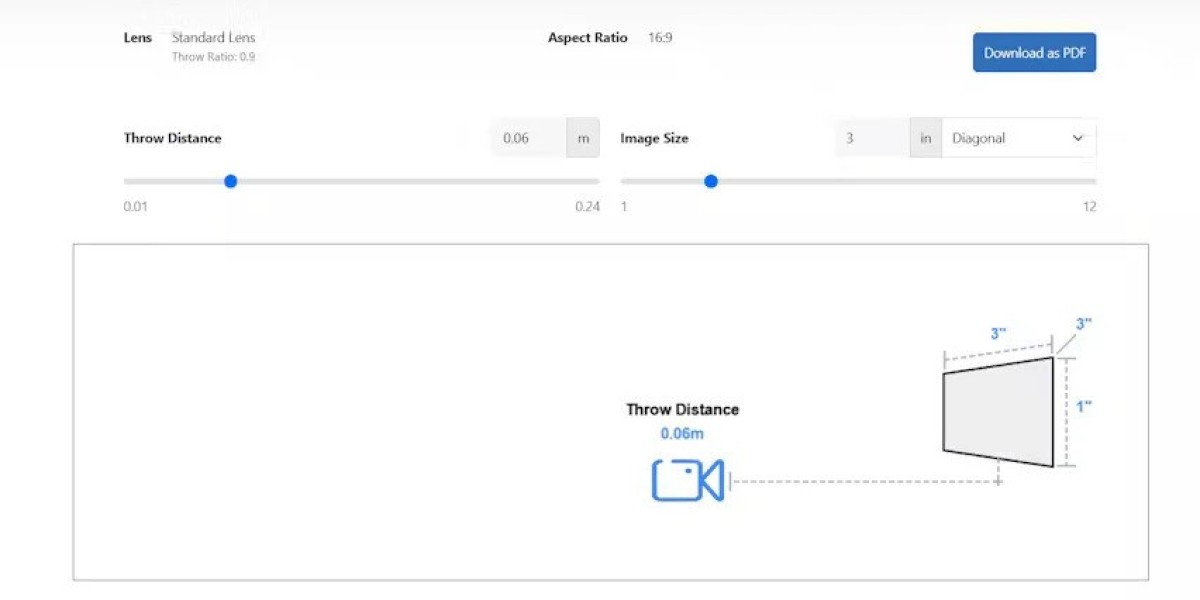Modern classrooms increasingly rely on technology to create interactive and engaging learning environments. Display solutions play a central role in how teachers present content and how students absorb information. Many schools still use projectors, but the rise of LED and LCD video walls has sparked a debate about cost versus benefit. Administrators often ask whether video walls are too expensive for schools and if the investment is justified.
In this blog, we explore the costs, benefits, and practical considerations of installing video walls in educational settings. We also compare Video Wall vs Projector to help schools make informed decisions about classroom displays.
Understanding projectors in schools
Projectors have long been a staple in classrooms. They are known for:
Lower upfront cost
Projectors are relatively inexpensive and widely available, making them accessible to schools with limited budgets.Portability
Many models can be moved between classrooms or used in multi-purpose spaces.Flexible image sizes
Depending on the throw distance, projectors can create large images for small or medium-sized classrooms.Installation requirements
Projectors typically require ceiling mounts or shelves and careful positioning to avoid shadows or obstructions.Maintenance
Projector lamps, filters, and lenses need regular maintenance, and replacement costs can add up over time.
While projectors are cost-effective and practical for many classrooms, they have limitations in brightness, durability, and image uniformity, especially in well-lit spaces.
Understanding video walls in schools
Video walls consist of multiple LED or LCD panels assembled to form one continuous display. They offer several advantages for educational environments:
High brightness and clarity
Video walls maintain excellent visibility even in classrooms with natural light or bright overhead lighting.Durability
LED panels are built for long-term use and require minimal maintenance. Individual panels can be replaced if needed.Color accuracy and contrast
Video walls deliver consistent, vibrant colors and deep contrast, which enhances the visibility of text, images, and videos.Scalability
Schools can scale video walls to fit classroom size or build larger displays for auditoriums and lecture halls.Professional aesthetics
Video walls create a modern and high-tech classroom environment that can inspire engagement and focus.
While video walls have a higher initial cost than projectors, they offer long-term benefits in performance, maintenance, and durability.
Video Wall vs Projector: Cost comparison
| Factor | Projector | Video Wall |
|---|---|---|
| Initial cost | Low to moderate | High, depends on panel size and resolution |
| Maintenance | Lamp replacement, filter cleaning | Minimal, occasional panel cleaning |
| Lifespan | 2,000–6,000 hours for lamps | 100,000+ hours |
| Image quality | Moderate, affected by ambient light | High, consistent brightness and color |
| Scalability | Limited | Modular and scalable |
| Installation space | Requires throw distance and ceiling mount | Wall-mounted, saves floor space |
When considering Video Wall vs Projector, schools must weigh initial costs against long-term benefits. Projectors may be more affordable upfront, but their ongoing maintenance, limited brightness, and potential image degradation can offset initial savings. Video walls, though expensive initially, reduce maintenance costs, offer higher reliability, and provide superior visual performance over many years.
How XTEN-AV helps schools plan cost-effective installations
XTEN-AV provides tools to optimize video wall installations for educational environments:
Room simulation allows schools to visualize how a video wall fits within classroom or auditorium layouts.
Cost and ROI calculators help administrators estimate long-term savings compared to projector setups.
Panel configuration tools determine the optimal number of panels and screen resolution for a given room size.
Maintenance planning predicts servicing needs and access requirements, minimizing operational disruption.
Collaboration features enable AV teams, school administrators, and IT departments to coordinate installation efficiently.
By using XTEN-AV, schools can make informed decisions about investing in video walls while maximizing budget efficiency and classroom impact.
Practical considerations for schools
Classroom size and layout
Small classrooms may still benefit from short throw projectors due to lower costs, while larger classrooms or auditoriums justify the investment in video walls.
Content needs
Video walls excel in displaying multimedia content, interactive lessons, and high-resolution videos, which can enhance learning outcomes.
Budget planning
While video walls have higher upfront costs, factoring in maintenance savings, longevity, and educational impact can justify the investment.
Future-proofing
Schools planning for long-term use should consider video walls for their scalability, durability, and compatibility with evolving AV and digital learning technologies.
Teacher and student experience
Clearer visuals, vibrant colors, and consistent brightness improve attention, comprehension, and overall engagement in classrooms.
Final thoughts
Deciding whether video walls are too expensive for schools depends on budget, room size, and educational goals. While projectors remain practical for smaller or budget-conscious classrooms, video walls provide unmatched brightness, durability, and long-term value, especially in larger learning spaces. Comparing Video Wall vs Projector demonstrates that although the initial cost is higher, video walls can deliver superior educational experiences and reduce long-term maintenance expenses.
Using XTEN-AV, schools can plan cost-effective installations by simulating classroom layouts, calculating optimal panel configurations, and projecting long-term savings. This ensures the investment in a video wall maximizes both learning outcomes and budget efficiency.
In conclusion, video walls are not inherently too expensive for schools. When considering the total cost of ownership, performance, and educational benefits, video walls can be a wise investment that modernizes classrooms and creates a future-ready learning environment.
Read more: http://woorichat.com/read-blog/139416






